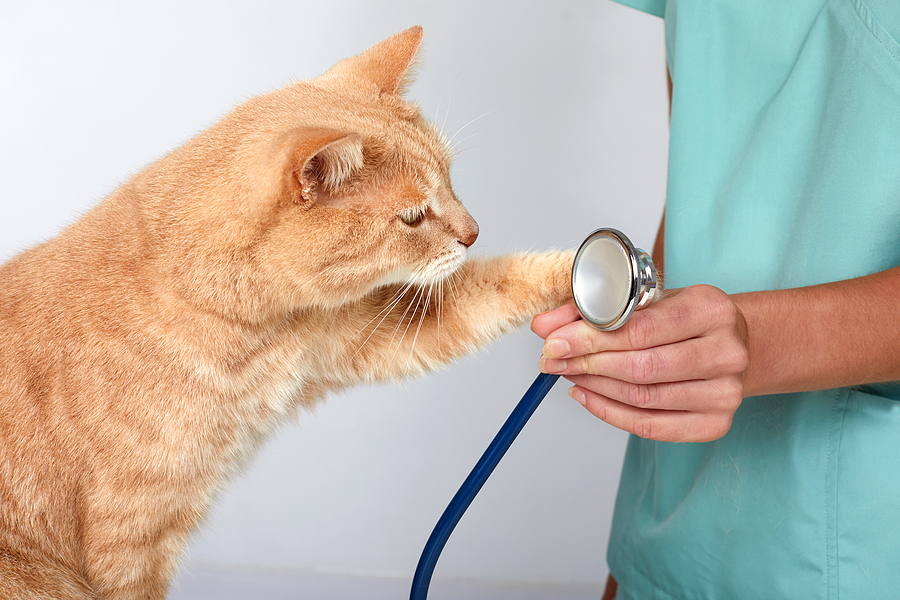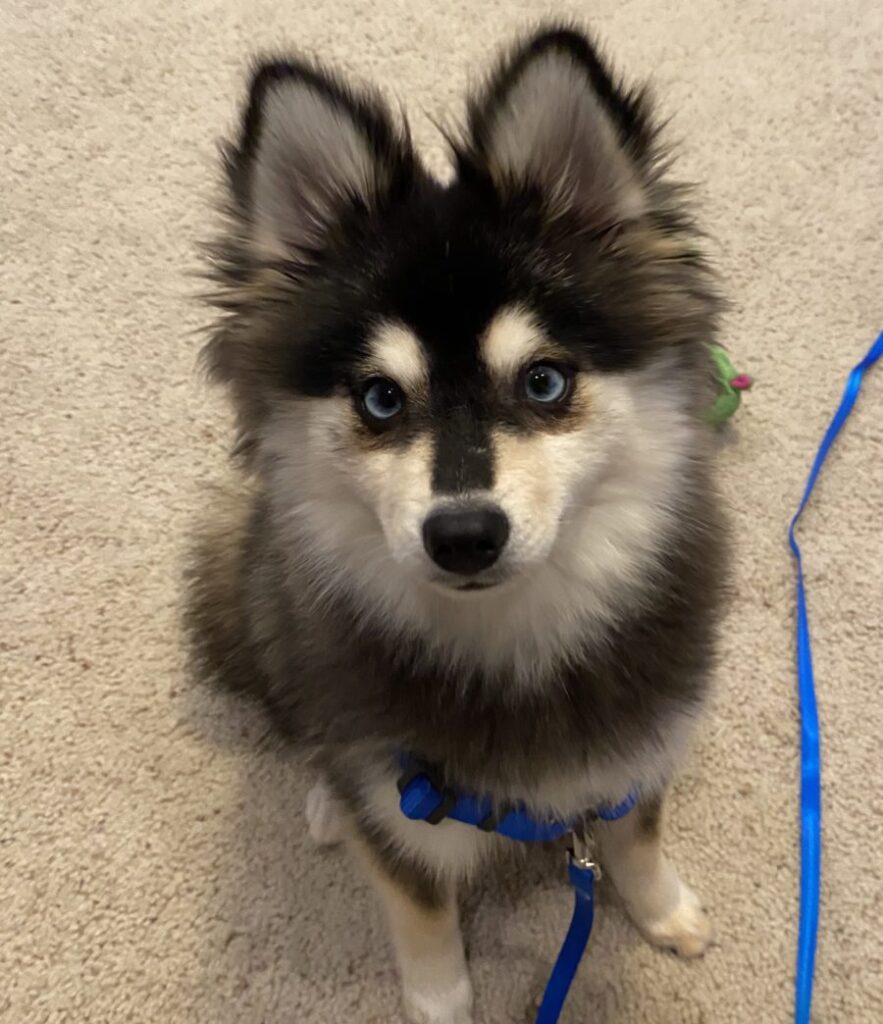
The situation was urgent because Oakley now snarled and snapped at the owner whenever he tried to put a collar or harness on him so he was unable to attach a leash to the dog to take him out for walks. I advised him to try to slip on a martingale collar and leave it on Oakley temporarily until we could get him to accept the harness. I don’t normally use a martingale but in this case it was a logical option.
When I arrived for the first session, Oakley—one of those dogs who never stop moving—showed interest in interactions and did not give distance-increasing behaviors, but he also didn’t ask to be touched. I began by using a clicker to mark and reward every time he stopped moving or made eye contact. Then I laid down a super-soft non-skid consent mat, sat in front of it, and used the clicker to shape Oakley into lying down facing me on the mat.
Then I showed the owner how to desensitize Oakley to first tolerating a stethoscope, then having his feet and ears touched, and finally to a fake injection with an empty syringe. We showed Oakley each item, marking and reinforcing him for sniffing it. We moved each item slowly toward him, always stopping if we observed stiff or avoidance body language. I name each item and procedure so the dog knows what to expect during these sessions, and I advise clients to use the same words while the veterinarian is performing an exam or procedure: “heart” for stethoscope, “feet,” “ears,” and “pinch-poke” for syringe/injection.
After this, we tried to use similar techniques to put a Sensation Harness and then a collar on Oakley. I saw the problem the owner described, so we switched gears. I wanted to know if 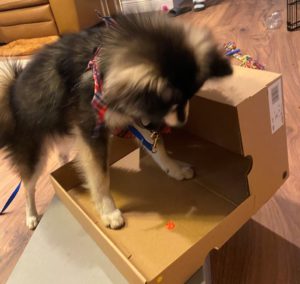 Oakley was generally fearful, so I set up boxes for nosework, a Snuffle Mat, a Wobbler, and a Spin-it. Oakley engaged with these items enthusiastically, demonstrating no fear. We did a few behaviors on the consent mat (sit, watch me, touch, and down), allowing Oakley to disengage and go to the boxes or Snuffle Mat if he needed to de-stress and return to the consent mat when he was ready to re-engage. I instructed the owner to practice all of the above between our sessions.
Oakley was generally fearful, so I set up boxes for nosework, a Snuffle Mat, a Wobbler, and a Spin-it. Oakley engaged with these items enthusiastically, demonstrating no fear. We did a few behaviors on the consent mat (sit, watch me, touch, and down), allowing Oakley to disengage and go to the boxes or Snuffle Mat if he needed to de-stress and return to the consent mat when he was ready to re-engage. I instructed the owner to practice all of the above between our sessions.
During the second session, we repeated the above and added one behavior to the consent mat training: holding the harness for Oakley to see, clicking if he sniffed it or moved his head toward it, and eventually trying to lure his head through it while saying “Put it on” but not restraining him in any way. We were successful with this but not in clipping the harness. We then did some obedience/safety exercises, such as come and loose-leash walking and finished with a game of fetch.
At the third session, Oakley greeted me with distance-decreasing behaviors and physical requests to be touched. He was happy to interact and be touched. When I put the consent mat on the floor, he ran to it and lay down, eagerly awaiting our interactions. The owner and I slowly went through the desensitization-to-handling process and he was able to get the mini Sensation Harness (with its tiny little clip) onto Oakley and clip it, with no snarling, biting, freezing, or avoidance behaviors of any kind from the dog. I was pleasantly surprised and the owner was thrilled.
I advised him to continue to use food while putting the harness on or taking it off to keep the positive association going, to always use the phrase “Put it on” to alert Oakley to what was coming, and to continue the consent mat handling exercises so that Oakley would be comfortable during veterinary exams. I advised as well to always end with a short play session or walk.
The icing was the nice Yelp review from the owner, who described the problem and wrote, “Susan was amazing! She was great to work with and I am so happy with the results!”
This article was reviewed/edited by board-certified veterinary behaviorist Dr. Kenneth Martin and/or veterinary technician specialist in behavior Debbie Martin, LVT.
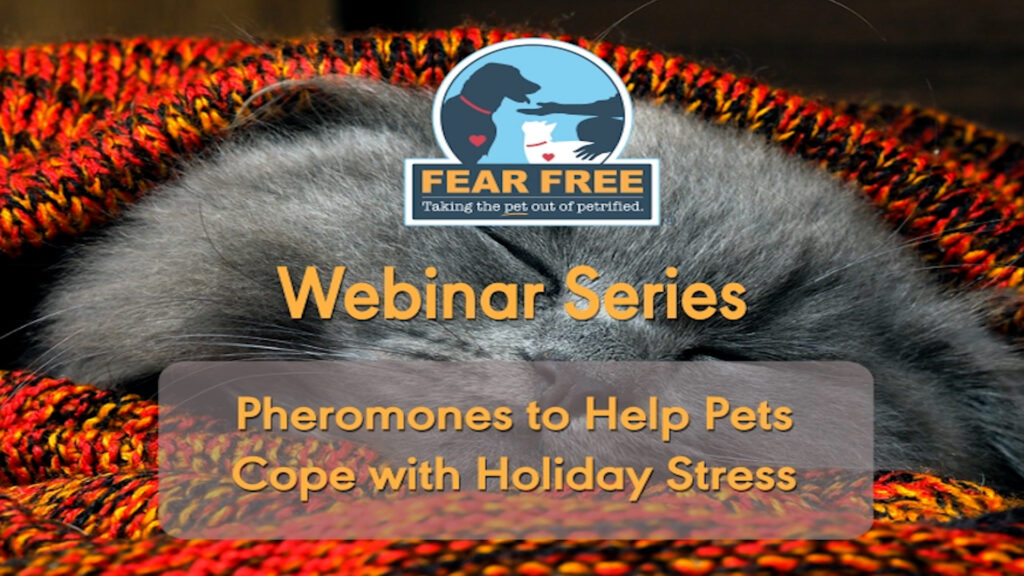
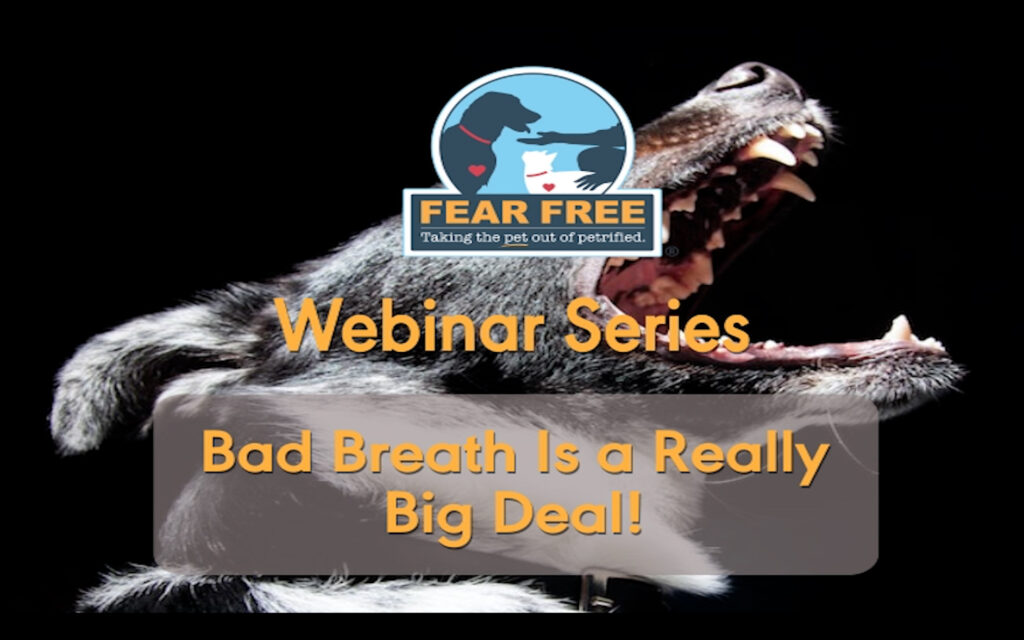
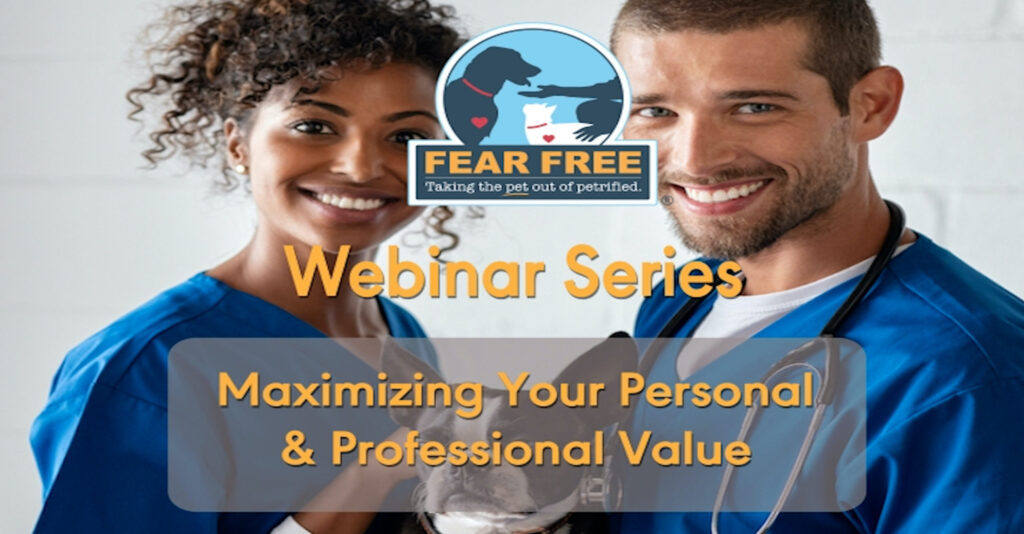
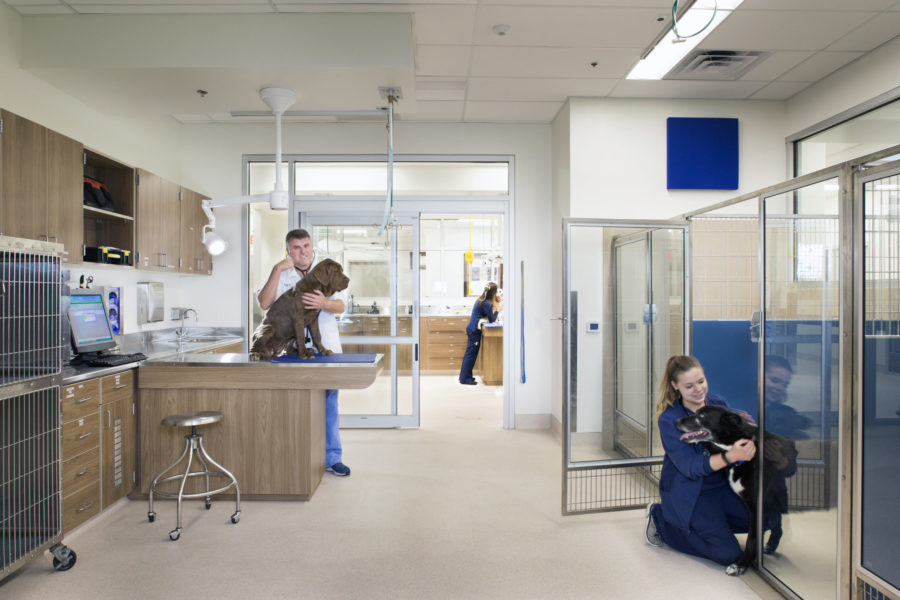
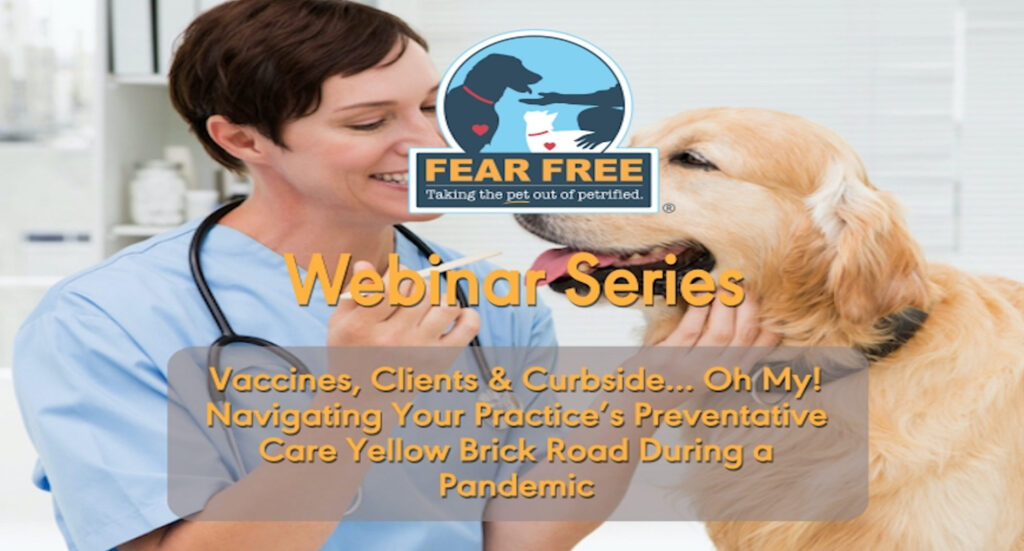
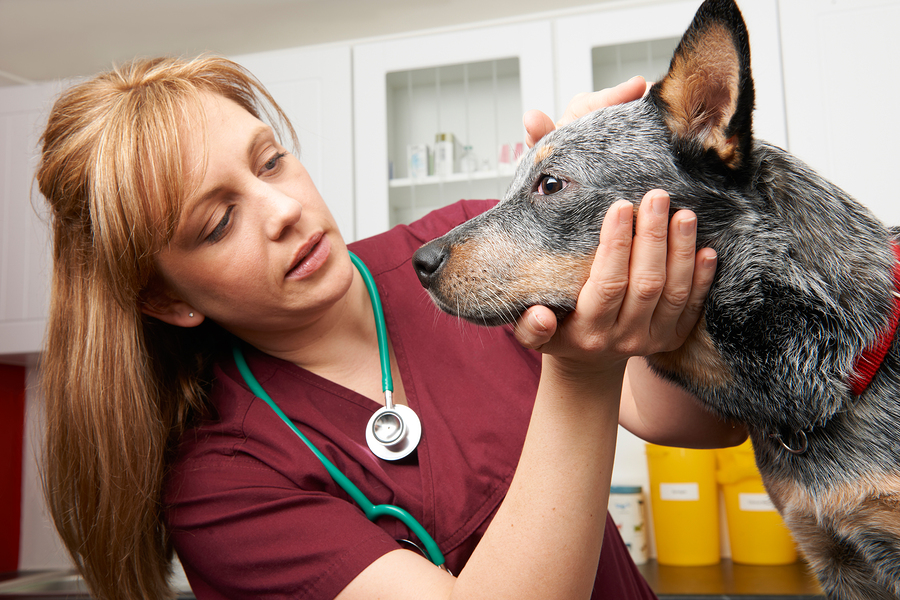

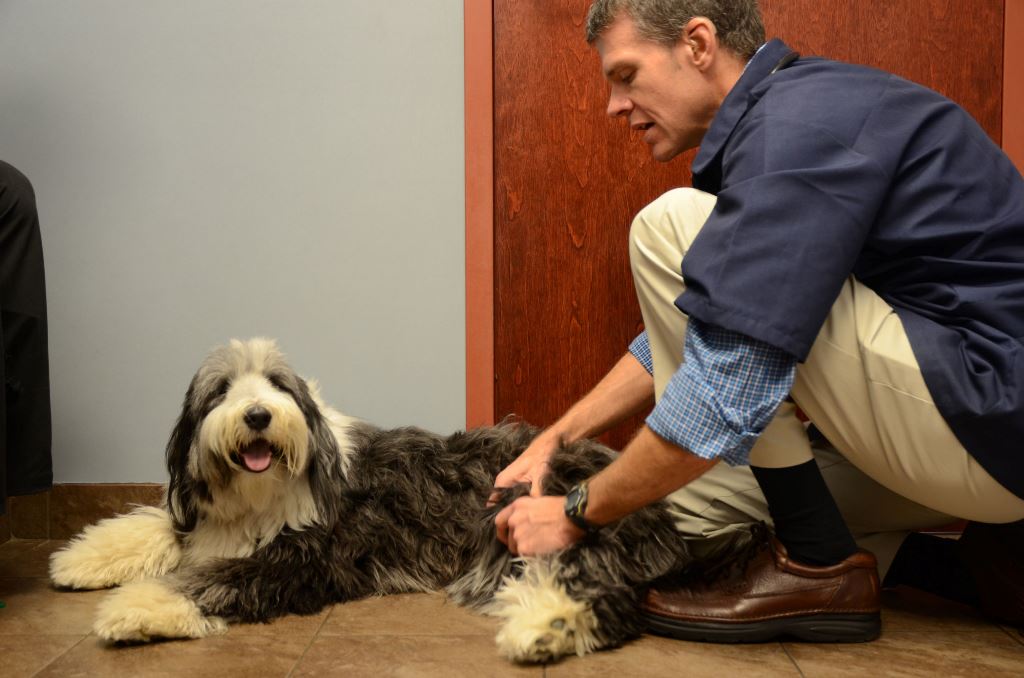
 A new feline patient with a high level of fear, anxiety, and stress went home with gabapentin as a pre-visit pharmaceutical. The exam we performed two days later was great. He was readily eating tuna and happy to be petted. He did well for a complete exam, including radiographs and blood draw. The Feliway-infused towel was also a great help.
A new feline patient with a high level of fear, anxiety, and stress went home with gabapentin as a pre-visit pharmaceutical. The exam we performed two days later was great. He was readily eating tuna and happy to be petted. He did well for a complete exam, including radiographs and blood draw. The Feliway-infused towel was also a great help.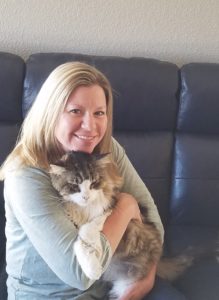 draws and vet visits. He was a wonderful-tempered cat at home, but at the clinic, while he never bit or scratched, he hissed and struggled every time he came out of the cage and became a difficult patient to handle. He is very food-motivated and after we started Fear Free practices and he got squirt cheese and baby food every time he was handled, he now purrs and rubs on everyone when he comes for treatments and is so much happier and easier to handle. I am overall so much more aware of a patient’s anxiety level the moment they walk in the door now, and it gives us a chance to start finding ways to alleviate their stress before it escalates.
draws and vet visits. He was a wonderful-tempered cat at home, but at the clinic, while he never bit or scratched, he hissed and struggled every time he came out of the cage and became a difficult patient to handle. He is very food-motivated and after we started Fear Free practices and he got squirt cheese and baby food every time he was handled, he now purrs and rubs on everyone when he comes for treatments and is so much happier and easier to handle. I am overall so much more aware of a patient’s anxiety level the moment they walk in the door now, and it gives us a chance to start finding ways to alleviate their stress before it escalates. in patients, while others felt I was “too soft,” “only cared about giving the animals treats,” or “was crazy or misguided in my efforts.” Fellow faculty members sometimes shared these sentiments and even accused me of not being able to “get the job done” when I would elect to postpone or re-plan a procedure for an animal. The revolution of awareness that Fear Free has helped to create in our profession has changed the way I am viewed by students and colleagues. No longer the “crazy Dr. Griffin,” I am the one they ask to teach them about low-stress handling and Fear Free techniques. The art and science of Fear Free have become valued: this is truly a gift for all of us, our patients, and their owners. I look forward to the day when Fear Free is taught in all veterinary colleges and is fully embraced as an indispensable standard of care in veterinary practice.
in patients, while others felt I was “too soft,” “only cared about giving the animals treats,” or “was crazy or misguided in my efforts.” Fellow faculty members sometimes shared these sentiments and even accused me of not being able to “get the job done” when I would elect to postpone or re-plan a procedure for an animal. The revolution of awareness that Fear Free has helped to create in our profession has changed the way I am viewed by students and colleagues. No longer the “crazy Dr. Griffin,” I am the one they ask to teach them about low-stress handling and Fear Free techniques. The art and science of Fear Free have become valued: this is truly a gift for all of us, our patients, and their owners. I look forward to the day when Fear Free is taught in all veterinary colleges and is fully embraced as an indispensable standard of care in veterinary practice.